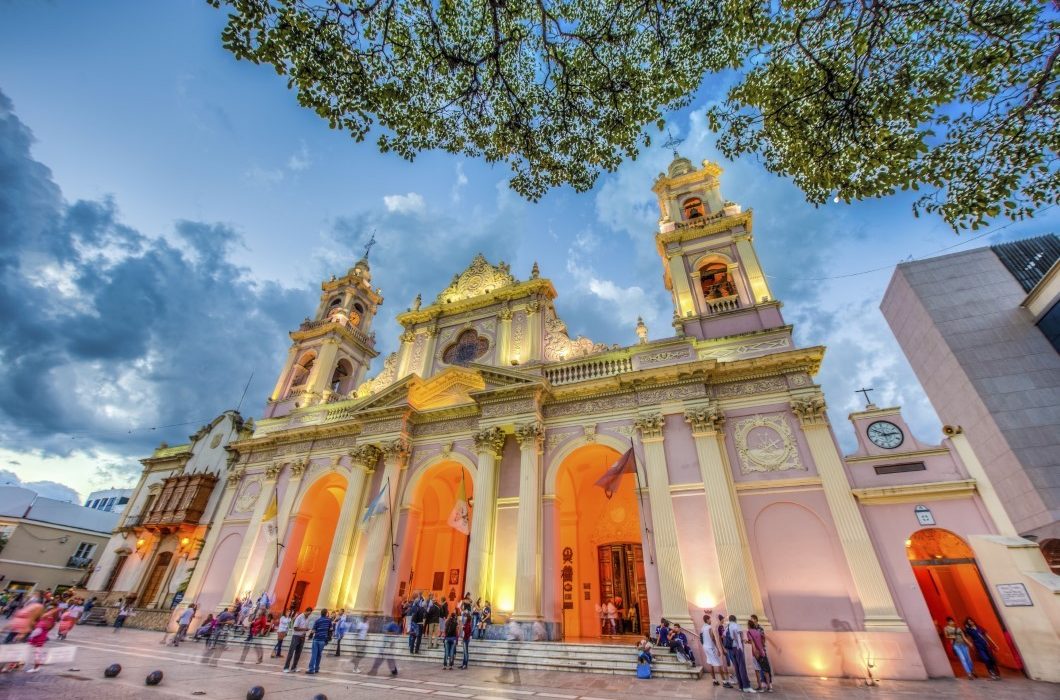
You might also like:
In 2017, Argentina reported 12.3 million flights abroad, becoming the main issuing market in South America. The country is an essential market for the region: in Uruguay, 60% of foreign tourists are Argentines; in Brazil, 40%; 52% in Chile, and 70% in Paraguay.
However, the steep rise in the value of dollar, which has gone from 18 to 40 pesos in less than nine months endangers the outbound tourism in Argentina. Moreover, funding is now more limited.
On the contrary, the case of those who exploit inbound tourism is quite different, considering that at first sight Argentina has become a cheap destination for foreigners. And because the middle class, accustomed to traveling abroad, will possibly trade Brazil or the Caribbean for the Atlantic coast, the North of Argentina or Patagonia, as long as competitiveness is not diluted by inflation and costs increase.
In September, the number of passengers that traveled abroad fell by 4%, according to statistical data prepared by the Argentine Air Navigation Company (EANA).
In 2017, for every foreign tourist who entered there were two Argentines who left to travel abroad. This phenomenon intensified in 2015, 2016 and 2017. In 2015, the exchange rate was completely flattened, staying at an arbitrarily low value, and generated a lot of international tourism consumption.
The present dollar rate at 40 pesos (and already exceeding it) had a correlation in the figures of the outbound tourism: three consecutive months of decline. Although the impact of the devaluation was not expected to happen so fast, since these trips are usually bought in advance, the BSP of the IATA for May dropped by 3%, then 23% in June, 33% in July, and in August, the decrease was about 25%, according to the tour operators. Despite these numbers, the current situation of the outbound market will be revealed in the first semester of 2019.
Those who immediately set a plan in motion were the Uruguayans, who had already begun to monitor the situation. The outlook: the government of Tabaré Vázquez decided to reinstate a 22% VAT refund for foreigners starting October.
Mercedes Comas, economist for PwC Uruguay, mentioned that “the outlook we see is very complicated,” because “what is weighing on this matter is competitiveness”. “The deciding factors of tourism in Uruguay are economic activity in Argentina and Brazil –the fact that people have money to spend on holidays– and competitiveness with each of those markets. None of these variables look positive for Uruguay today,” she regretted, although she acknowledged that the VAT refund can help to offset this deficit.

In the tourism sector of Argentina, dollar is establishing two fronts. On the one hand, there are hotels or regions more focused on international tourism, which greatly improves their competitiveness, lowers the costs in dollars, and perhaps, in many of these cases, prices may go up. But it is a minority, because the sector is in an area more focused on domestic tourism and they cannot transfer the rise of the dollar to domestic tourists, since they would not have the demand.
Due to the devaluation, cities like Buenos Aires, Bariloche, Ushuaia, Puerto Iguazú, Mendoza, and Salta will be the ones who benefit the most. Other destinations will have to do a greater job in promotion and take advantage of the air connectivity, so that international tourism also spreads to the less-positioned provinces in the world.
The latest data released by the National Institute of Statistics and Censuses (INDEC) are auspicious. They show that between January and July, arrival of non-residents increased by 2%, reaching 3.95 million foreigners. But Cohen Arazi warns: “If inflation accelerates too much, it will hurt the initially won exchange rate competitiveness.”
The unstoppable inflation, added to the exchange rate, translates into a fall in salaries and less income to spend on leisure. In any case, Argentineans are known for their love for travel. Regarding domestic tourism, 2009 was the last year with a significant decline; in all the following years, some even recession-bound and with strong devaluation, the average occupancy did not fall.
There’s a relatively stable market for domestic tourism, the issue is how much the tourists spend, because the consumer is also facing problems with their income level, does not have power parity that compensates inflation, and then, they cannot afford any significant price increases in consumer goods.
With all these cards on the table, “a contraction is not expected” in Argentina for this summer, but quite the opposite; however, numbers do not necessarily mean profitability. These are times of uncertainty, and the government’s economic decisions will set the pace for 2019.
Source: tourism-review.com
